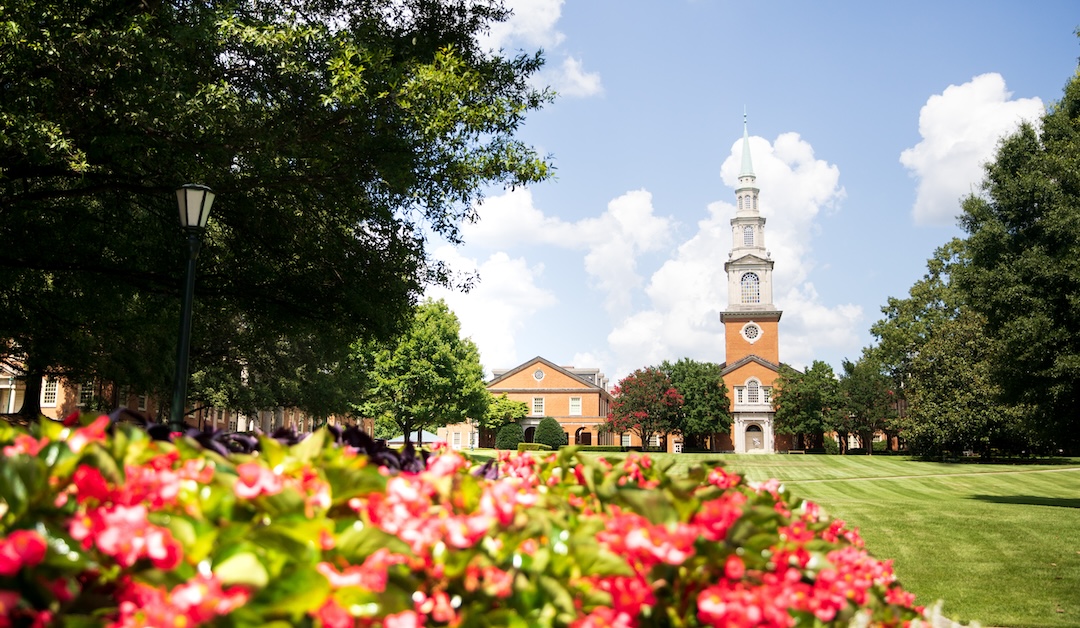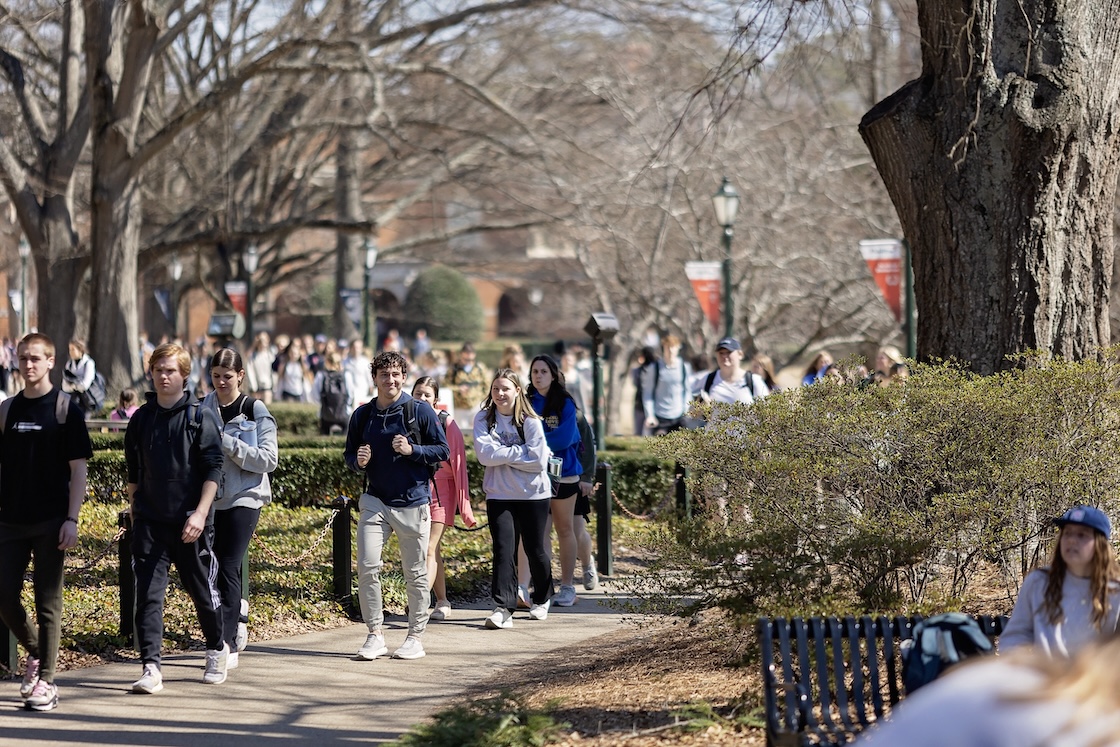
Samford University garnered three top 10 rankings in The Wall Street Journal/College Pulse 2026 Best Colleges in the U.S. list, highlighted by a #3 national ranking for quality of career preparation. This latest acknowledgement affirms the growing profile of Samford, consistently recognized among the leading Christian universities in the nation.
Samford ranked #5 among Most Recommended Colleges—climbing five spots from last year— and placed #7 nationally for colleges with strongest Learning Opportunities.
“Cultivating character and preparing students for their professional careers are at the heart of Samford’s mission,” said university President Beck A. Taylor. “These rankings affirm the quality of our faculty engagement, a nurturing academic culture and a world-class learning environment––all factors that make the Samford experience so enriching.”
Samford was the only university in Alabama to achieve any top 10 rankings in The Wall Street Journal's best colleges ranking.
Samford climbed five spots in the career preparation ranking, which assesses the quality of networking opportunities, career support and applied learning. More than 97% of Samford undergraduate alumni are working or in further study within six months of graduation.
Samford once again ranked among the most recommended colleges in the U.S., a category in which students and recent alumni report their likelihood of recommending the college. Surveys measured whether these groups would select their college again and the satisfaction with the value of their Samford experience.
The Learning Opportunities ranking evaluated students’ perceptions of faculty interactions, frequency of feedback and overall quality of teaching.
Samford was the only university in Alabama to achieve any top-10 rankings in The Wall Street Journal's best colleges ranking.
The WSJ/College Pulse 2026 Best Colleges in the U.S. rankings evaluate undergraduate institutions by the value they provide to students. Criteria include learning environments, years required to pay off the net price, degree completion rates, diversity, and the likelihood of higher salaries post-graduation. Results utilized data from the U.S. Department of Education and the Census Bureau, along with an anonymous nationwide survey of undergraduate students and recent alumni who graduated within the past five years. The aim of the rankings is to provide guidance for prospective students and families, highlighting the best colleges and universities in the nation today.

